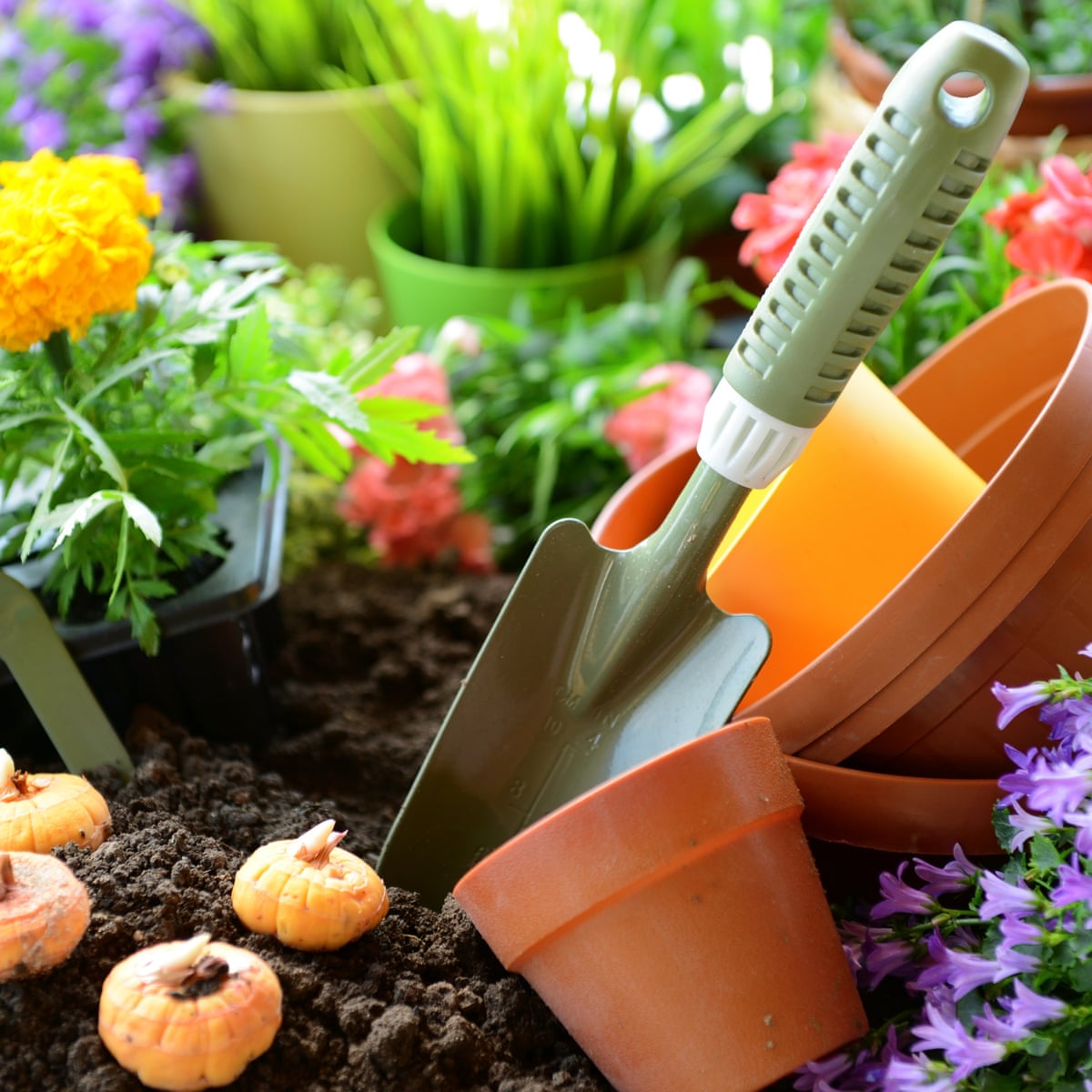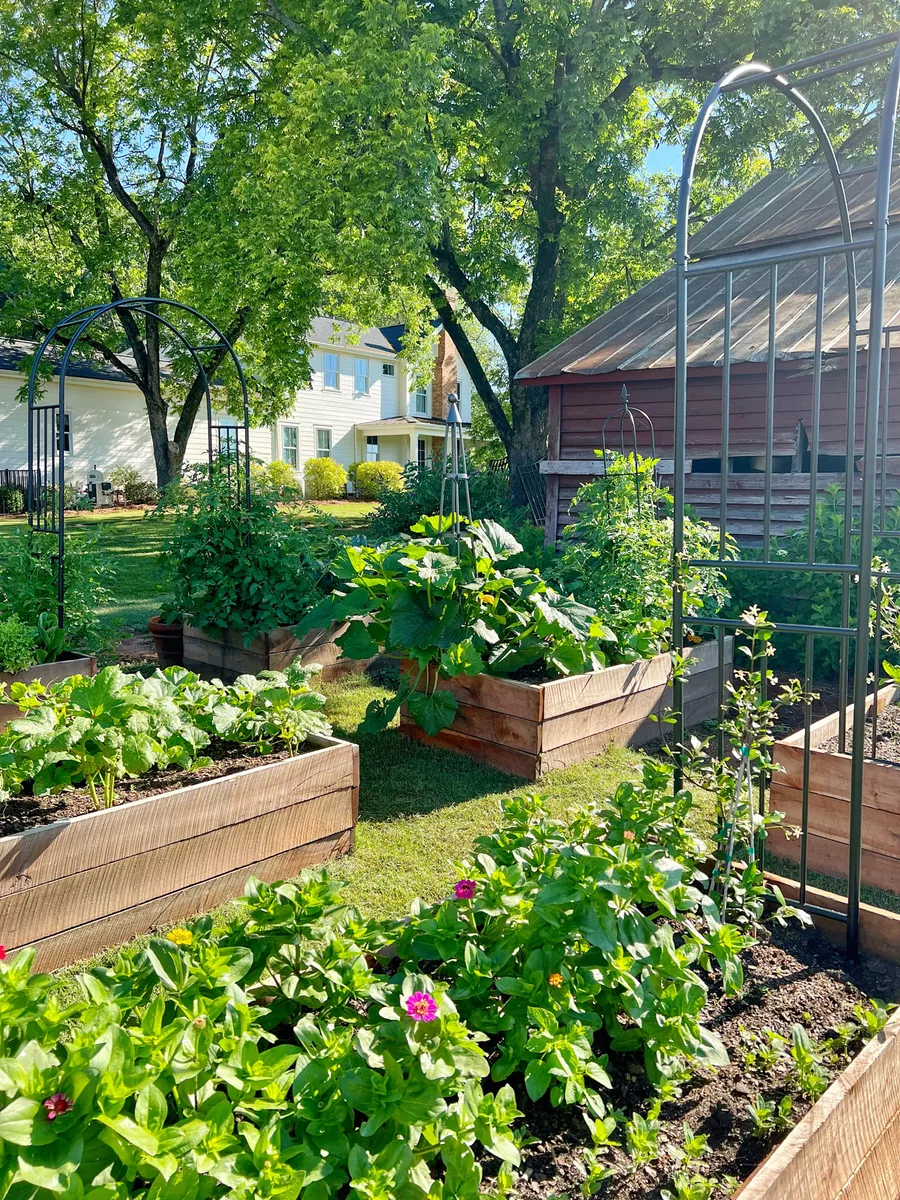Imaginative Gardening Concepts to Maximize Tiny Areas and Yields
Imaginative Gardening Concepts to Maximize Tiny Areas and Yields
Blog Article
The Comprehensive Guide to Gardening: Discover the Benefits of Different Styles and Approaches
Gardening incorporates a diverse array of designs and methods, each offering special advantages customized to private choices and ecological contexts. From the structured sophistication of official gardens to the organic charm of permaculture, understanding these variations is crucial for growing a room that not just prospers however likewise shows personal values and looks. In addition, lasting techniques play a critical duty in boosting neighborhood ecological communities and making certain lasting success. As we check out these different designs, it comes to be apparent that the selections made can significantly affect both the yard's health and its contribution to the surrounding setting.
Recognizing Horticulture Fundamentals
Comprehending the basics of horticulture is essential for cultivating a thriving and sustainable garden. A successful horticulture endeavor starts with a solid foundation of knowledge pertaining to soil, plant choice, and environment factors to consider.
Choosing the right plants is just as important. Understanding their particular demands-- such as sunshine, water, and spacing-- ensures compatibility with the neighborhood environment and soil conditions. This choice process ought to also consider the growth routines and lifecycle of plants, permitting a balanced and visually pleasing garden.
Additionally, reliable sprinkling methods are critical. Over-watering and under-watering can both lead to plant anxiety and illness. Carrying out a timetable based upon seasonal modifications and plant demands can enhance water efficiency.
Popular Gardening Styles
What defines the significance of popular horticulture designs? Amongst the most prominent designs is the cottage yard, identified by its casual layout and a vibrant array of flowers and veggies.
Alternatively, the official yard embodies symmetry and order, frequently including geometric patterns and carefully trimmed hedges. This style connects beauty and refinement, with meticulously chosen plants that enhance a structured visual.
The Japanese garden supplies a peaceful and introspective experience, utilizing natural environments like water, rocks, and plants to create a serene environment. It concentrates on simpleness and balance, urging contemplation.
Furthermore, xeriscaping has actually gained appeal, specifically in arid areas (Gardening). It focuses on drought-resistant plants and efficient water use, advertising sustainability while enhancing landscape charm
Advantages of Container Gardening
Container gardening uses a multitude of advantages that make it an enticing option for both newbie and seasoned gardeners alike. One of the key advantages is flexibility; containers can be put in numerous locations, enabling garden enthusiasts to optimize sunlight direct exposure and produce aesthetically attractive setups. This versatility makes it possible to yard in spaces where conventional in-ground gardening may not be viable, such as porches, patios, or urban settings.
Additionally, container gardening provides better control over soil conditions. Gardeners can customize the soil mix to suit specific plants, guaranteeing ideal drain and nutrient accessibility. This is especially beneficial for people staying in locations with inadequate or infected dirt.
An additional considerable advantage is the minimized risk of parasites and illness. Container plants can be kept track of extra quickly, and any issues can be addressed promptly. This approach can decrease the spread of invasive varieties.
Sustainable Horticulture Practices
Sustainable horticulture methods are necessary for promoting environmental wellness and boosting biodiversity in about his our ecological communities. These techniques prioritize eco-friendly balance, source conservation, and making use of organic approaches to reduce unfavorable ecological impacts. By utilizing strategies such as composting, garden enthusiasts can lower waste while enriching dirt wellness, thereby fostering a prospering garden community.
Water conservation is an additional essential facet of sustainable horticulture. Methods such as rain harvesting, drip irrigation, and the usage of drought-resistant plants can significantly reduce water use while guaranteeing that plants get sufficient wetness. In addition, integrating indigenous plant types into yard designs sustains regional wildlife and decreases the demand for chemical plant foods and pesticides, which can be harmful to the atmosphere.

Inevitably, lasting gardening practices not only add to much healthier yards but also promote an even more resistant setting, offering long-lasting advantages to both the garden enthusiast and the bordering community.
Tips for Successful Gardening
To cultivate a successful yard, garden enthusiasts should prioritize cautious planning and thoughtful execution of their horticulture approaches. Begin by assessing the local environment and dirt problems, as these variables significantly influence plant selection and growth. Choose plants that are appropriate to your setting, thinking about indigenous types that will flourish with very little treatment.
Implementing a well-structured design is crucial (Gardening). Utilize companion planting techniques to promote biodiversity and natural insect control, while making sure each plant has adequate space for growth. This not just boosts aesthetics yet also enhances general plant health
Regular upkeep is crucial to a successful garden. Develop a click for source regular routine for watering, weeding, and feeding. Mulching can aid maintain moisture and subdue weeds, while additionally adding raw material to the dirt.
Do not underestimate the relevance of monitoring. On a regular basis monitoring plant health and development will permit prompt interventions. Be open to finding out and adjusting; horticulture is a constant process that benefits from experience and testing. By focusing visit this website on mindful planning, implementation, and ongoing maintenance, gardeners can achieve a vibrant and productive garden that grows throughout the periods.
Final Thought


In summary, the exploration of diverse gardening designs and strategies discloses their multifaceted advantages, contributing to both visual allure and eco-friendly health. Container horticulture offers flexibility and accessibility, while lasting techniques improve environmental stewardship.
Report this page